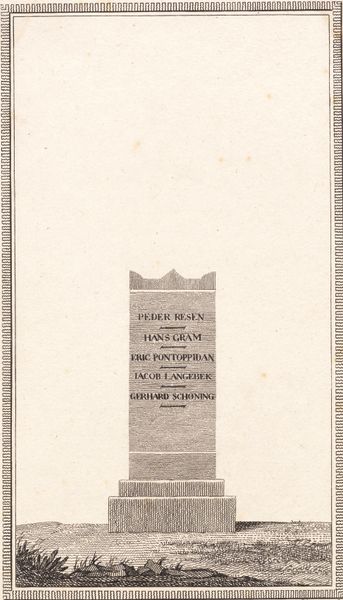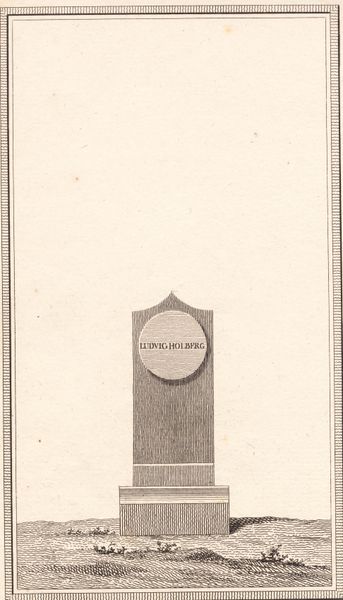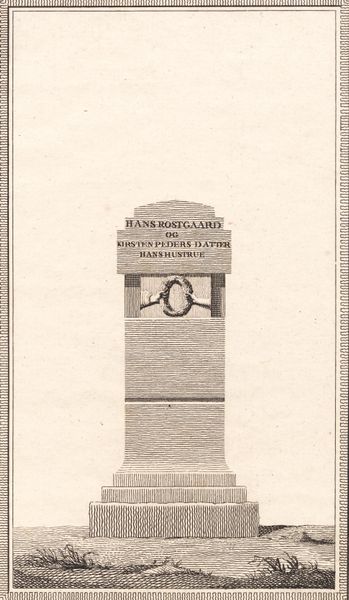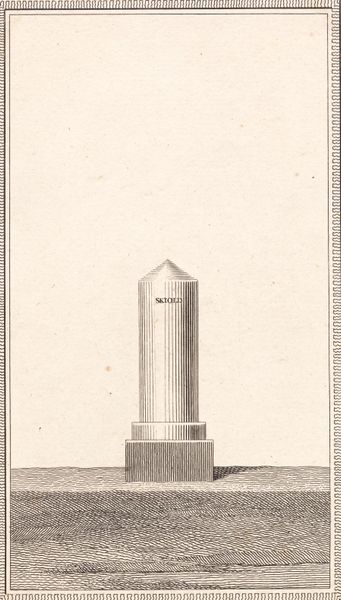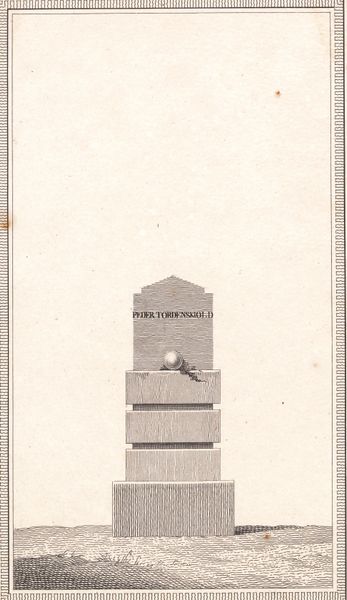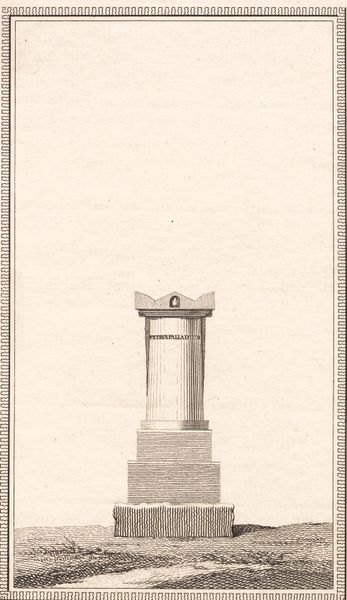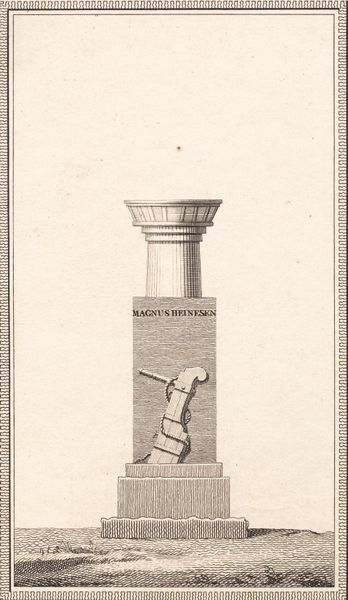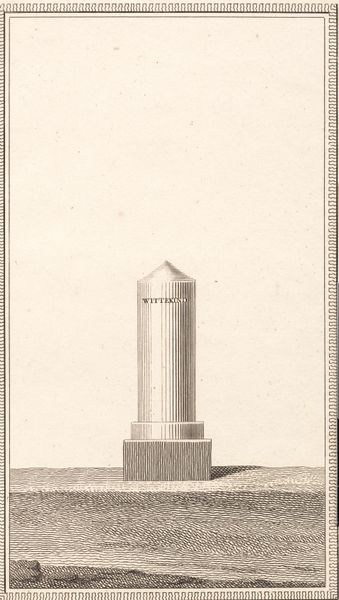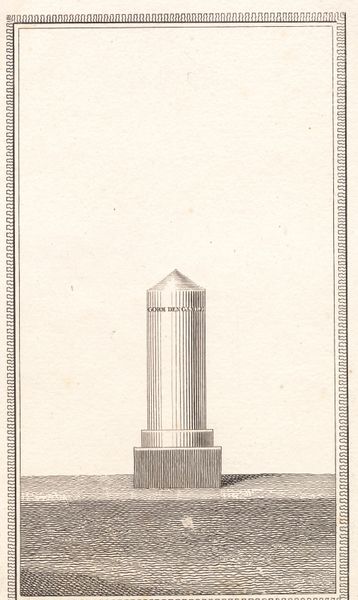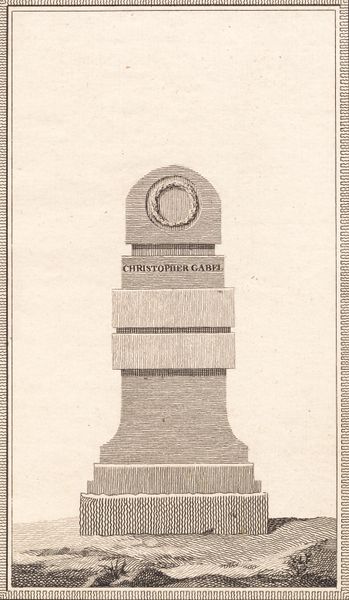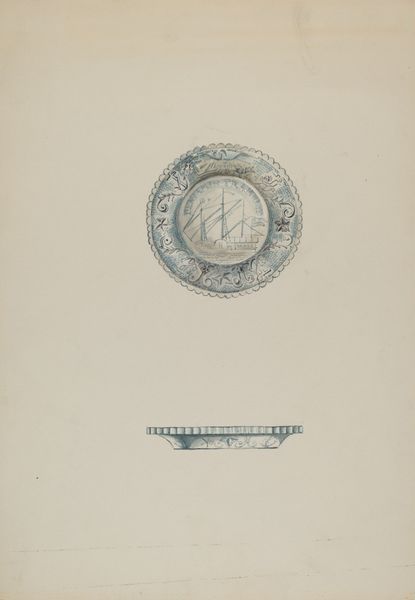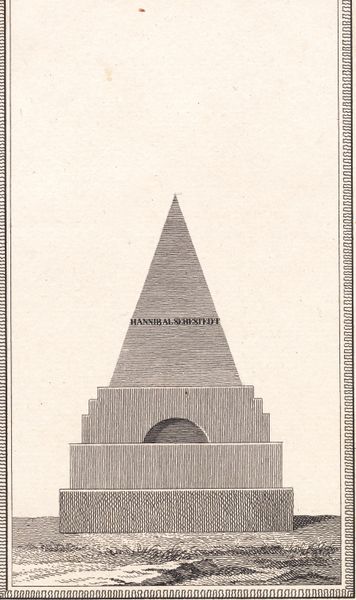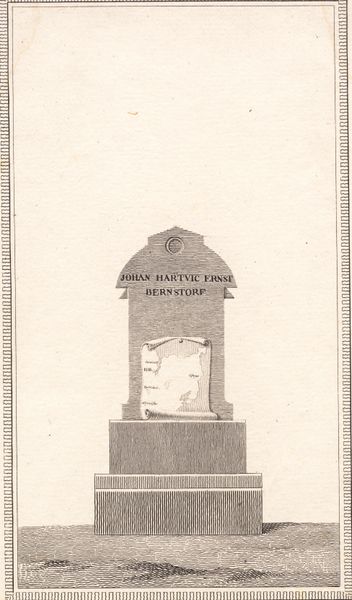
print, etching
#
portrait
#
neoclacissism
# print
#
etching
#
line
Dimensions: 179 mm (height) x 103 mm (width) (billedmaal)
Editor: So, this is J.F. Clemens’s “Tyge Brahe,” an etching from the late 1770s or early 1780s. It's interesting how stark it is – a memorial, perhaps? What strikes you about this print? Curator: I’m drawn to how the material components of this etching highlight the production of memory itself. Consider the sharp, clean lines, products of the etching process, constructing an idealized version of Brahe. This deliberate rendering, this *labor*, serves to memorialize, but also, perhaps, to subtly control the narrative. What was the social context for the renewed interest in Brahe at this time? Editor: Well, he was a pretty important astronomer. So I guess, scientific progress and national pride? Curator: Precisely! But consider further the economic structure enabling this ‘progress’. Who commissioned this print? Who could afford such an object? And how does that influence the memory being constructed? The accessibility of prints democratizes art but it is still a commodity, perpetuating its own set of power dynamics. Editor: So, it’s not just about honoring Brahe but also about who gets to do the honoring? And how this process reinforces social standing? Curator: Exactly. The etching itself, the lines etched into the metal, represent the choices made. Each line, a conscious decision contributing to the image, and consequently, the historical narrative surrounding Brahe. It is the means of production that shape how we remember figures from the past. Editor: I never considered it that way, seeing how the material aspects tell just as much of a story as the subject matter. Curator: And isn’t it fascinating how focusing on production unveils previously invisible aspects of our cultural heritage?
Comments
No comments
Be the first to comment and join the conversation on the ultimate creative platform.
